Projects in Denmark and England focus on education and building climate-positive models
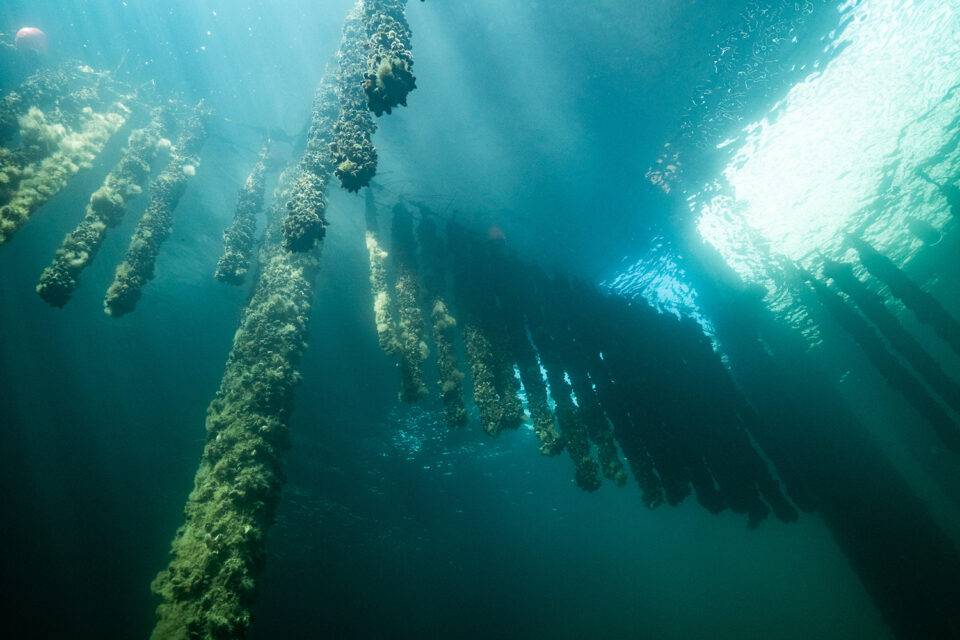
Although aquaculture is one of the world’s fastest-growing food industries, concerns remain that it’s being spurred on at the expense of the environment. But the tide is changing: an increasing number of scientists, farms and non-profit organizations now see the industry as an opportunity to provide food and create jobs while also benefitting the ocean. Specifically, they point to regenerative ocean farming – growing seaweed and shellfish (oysters, mussels, clams) in underwater coastal gardens – as a way of meeting the growing demand for seafood while protecting the environment.
One of the best known is GreenWave – a non-profit with a mission to train and support regenerative ocean farmers producing kelp. Comprised of farmers, scientists, organizers and food system experts, the organization works with coastal communities throughout North America “to create a blue green economy.”
But across the pond, there’s also Havhøst (Ocean Harvest) – the largest member organization gathered around regenerative ocean cultivation in Denmark. With a media and social sciences background, founder Joachim Hjerl spent a decade helping Danish and international NGOs build stronger relations to members and other stakeholders before establishing a number of food and sustainability startups. He founded Havhøst in 2015 and has received numerous awards and recognitions for helping the public actively engage in issues concerning sustainability and positive change. Today, Havhøst helps communities grow, harvest and eat from the ocean.
“We wanted to focus on the potential productivity of Copenhagen Harbour and produce something worth eating,” Hjerl told the Advocate. “Our goal is educational and we want to push the regenerative agenda.”
Hjerl’s journey began with the idea to set up an oyster farm close to the Danish capital city. Today, close to 30 communities along the Danish coast are growing seaweed, mussels and the European flat oyster (Ostrea edulis) together. Mussels and oysters are suspended from 5-×-7-meter platforms and elevated with specially designed harvest towers, while seaweed grows along the sides. One platform produces up to one metric ton of mussels each year.
Additionally, Havhøst focuses on educational activities and establishing different points of contact where its story and vision can be shared and discussed.
“We want to introduce new kinds of food to people and offer something that they can be engaged in while learning more about food production,” said Hjerl. “Schoolchildren visit us, we organize events, such as cooking classes, and we are a hub where people can gather and talk about regenerative ocean farming. We want people to participate in a meaningful practice and our work is key to getting them actively involved.”
The environmental benefits of farming seaweed and shellfish have long been clear. According to The Nature Conservancy, no fresh water, land or feed are required. Seaweed and shellfish also create habitats for other species and improve water quality by filtering water and removing excess nutrients.
“We are used to thinking of food production as something that will put pressure on our ecosystems but looking at it as a contribution to a better environment and more is incredible,” said Hjerl.
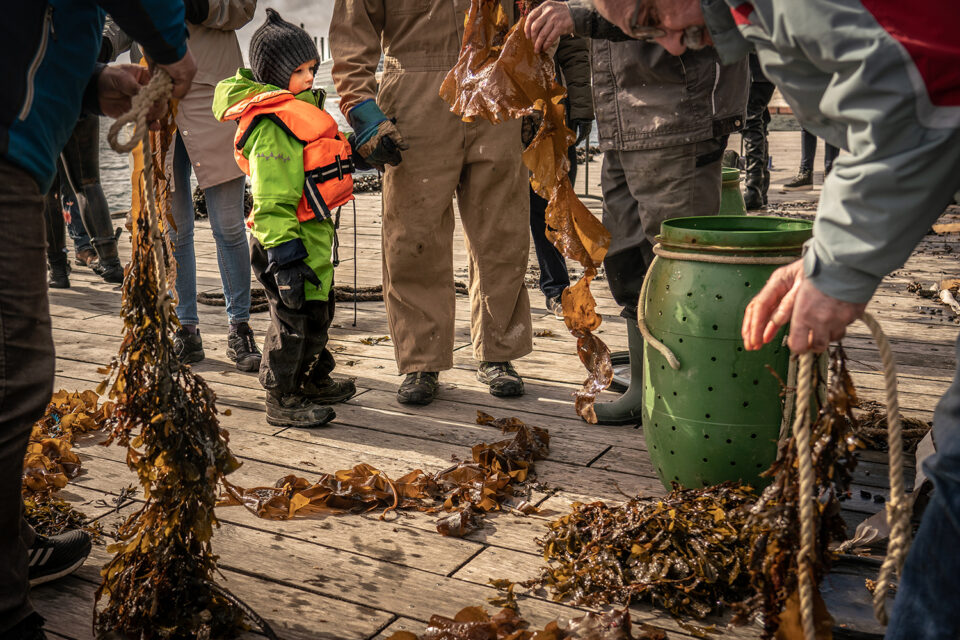
These advantages have not gone unnoticed outside Denmark. Dorset, in southwest England, is home to various aquaculture initiatives including shellfish and seaweed farming, 5G trials to monitor farms and environmental conditions and oyster farming combined with new depuration techniques. Martin Sutcliffe, aquaculture and fisheries development officer at Dorset Coast Forum, highlights the need to see aquaculture beyond food production, and instead, as part of a bigger system that can offer significant opportunities and drive regeneration at scale.
“Growing species like seaweed and shellfish generates a healthy ecosystem full of interdependencies, an enhanced habitat for various organisms to colonize,” he said. “How shellfish and seaweed farming benefit the ecosystem is already well studied and understood. This type of aquaculture is an attractive, climate-positive model but it has other restorative components, such as economic and social impacts.”
Other areas that come under the regenerative umbrella are environmental services – protection from extreme weather and coastal erosion through farming facilities – and job creation, he said. But Sutcliffe said it’s important to note that regenerative aquaculture isn’t new.
“It could be drawing attention now because of COP26 or heightened awareness toward climate change,” he said. “Any organisms that are growing already provide some kind of environmental service and that is what regenerative aquaculture is. In fact, I would say that any form of aquaculture is regenerative, as it can provide a lot more in addition to improving the marine ecosystem.”
For example, Sutcliffe said it could be combined with fishing, if fishermen were able to operate small-scale bivalve and seaweed farms alongside their fishing grounds.
“This comes down to a question of the character traits of individual fishermen as hunters and gatherers versus farmers and convincing them of the economic benefits,” he said.
We need to start small and local and create communities around practices that are relevant to the way we want to live in future.
Back in Denmark, Hjerl also recognizes the value of bringing together small-scale, regenerative farms and fisheries. Havhøst is teaming up with small coastal fishery organizations to set up farms and advance economic opportunities for fishermen.
“Being able to fish and farm gives fishermen a more robust business model,” said Hjerl. “We may need a new generation of ocean food procurers who can fish, farm and do other things, or a tourism model taking people out to the farms. If we can present a clear commercial possibility, fishermen may be interested.”
Despite strong interest in both species, Hjerl and Sutcliffe agree that many potential farmers in the UK and Denmark have faced hurdles, largely due to challenges with obtaining permits or funding. To make regenerative ocean farming viable and establish business models that are centered on the regenerative concept, systems – for financing, permits, job creation, environmental protection and food production – will need to be reformed.
“We would also need to know where to take their crops,” said Hjerl. “What happens when they have harvested their seaweed or shellfish? Who buys them and at what price? All these need to be considered. The only way that our underwater gardens can contribute to anything is through the people involved. In this sense, our coastal community-based approach could pave the way for larger, more industrial ways of using shellfish and seaweed.”
Access to training programs and knowledge sharing will also need to be put into place, such as farm plans and designs, environmental impacts, the costs of farm infrastructure and their revenue. Moreover, local community input and research and development (R&D) will be crucial to success.
“Our work is a platform where people can engage with the regenerative story and participate in something meaningful,” said Hjerl. “This can lead to conversations on climate change, or ecosystems or food culture. We also need to think small-scale, not large-scale, short distances between producer and consumer, to integrate instead of differentiate. We need to start small and local and create communities around practices that are relevant to the way we want to live in future.”
“There is a lot of great science and data out there but what difference is that making to the fish farmer or shellfish farmer?” said Sutcliffe. “The key here is understanding the transition from R&D to implementation or industry use. R&D needs to relate back to industry. It needs to be taken from research institutions and turned into something that works for the wider industry.”
Follow the Advocate on Twitter @GSA_Advocate
Now that you've reached the end of the article ...
… please consider supporting GSA’s mission to advance responsible seafood practices through education, advocacy and third-party assurances. The Advocate aims to document the evolution of responsible seafood practices and share the expansive knowledge of our vast network of contributors.
By becoming a Global Seafood Alliance member, you’re ensuring that all of the pre-competitive work we do through member benefits, resources and events can continue. Individual membership costs just $50 a year.
Not a GSA member? Join us.
Author
-
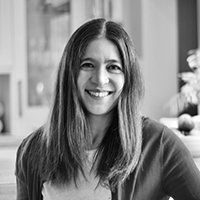
Bonnie Waycott
Correspondent Bonnie Waycott became interested in marine life after learning to snorkel on the Sea of Japan coast near her mother’s hometown. She specializes in aquaculture and fisheries with a particular focus on Japan, and has a keen interest in Tohoku’s aquaculture recovery following the 2011 Great East Japan Earthquake and Tsunami.
Tagged With
Related Posts
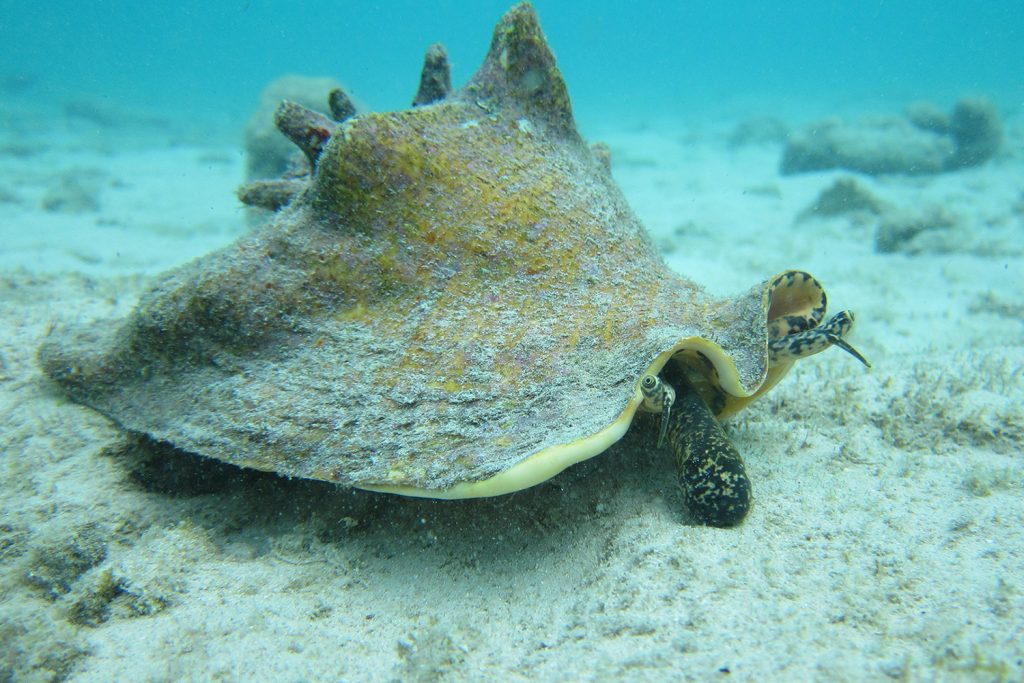
Responsibility
Aquaculture aids the restoration of iconic Caribbean shellfish queen conch
Dr. Megan Davis has written the book on culturing queen conch and will form a course to teach responsible practices to Caribbean communities.
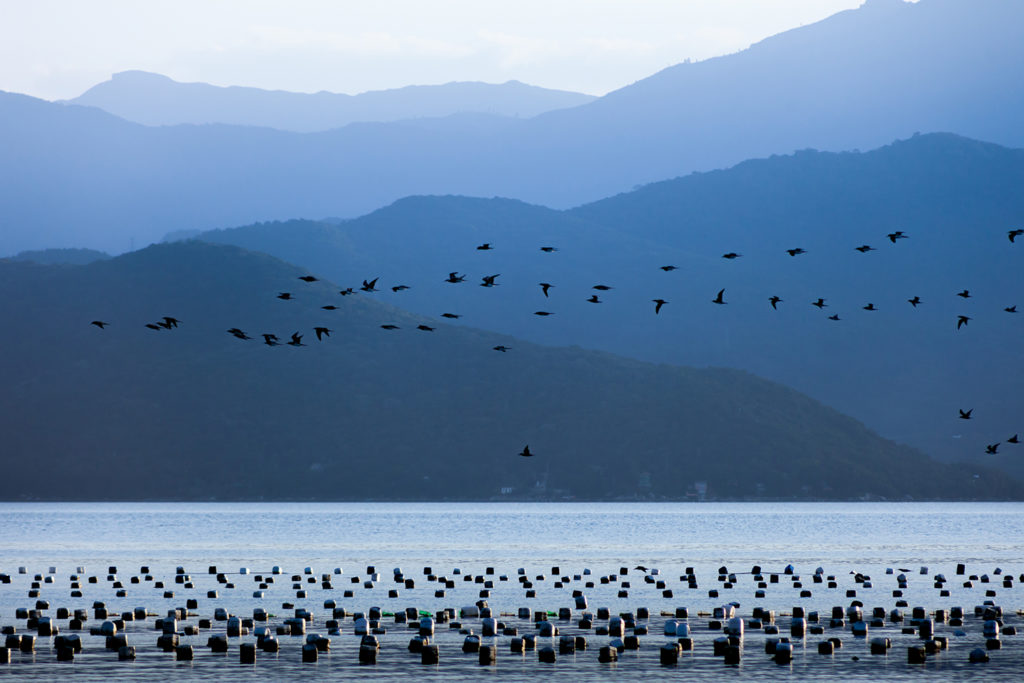
Responsibility
Cultivating an ocean food revolution
“Ocean Solutions that Benefit People, Nature and the Economy” encourages a new ocean narrative that touts mariculture’s three major benefits.
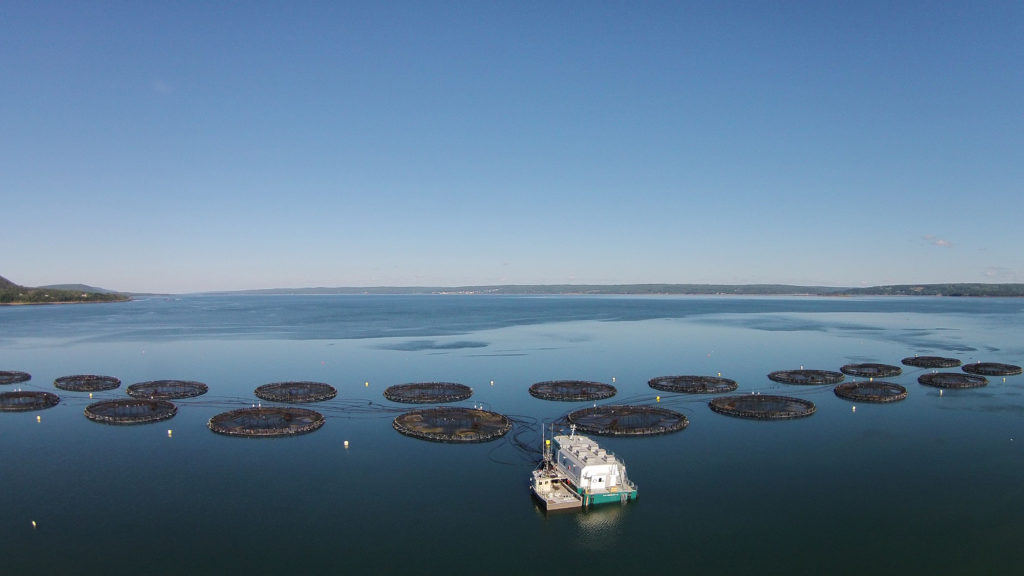
Responsibility
Warming oceans prompt adaptation efforts for aquaculture
A five-year study in Canada aims to provide more answers about warmer waters with lower oxygen levels and a way for farmed fish producers to adapt to climate change.
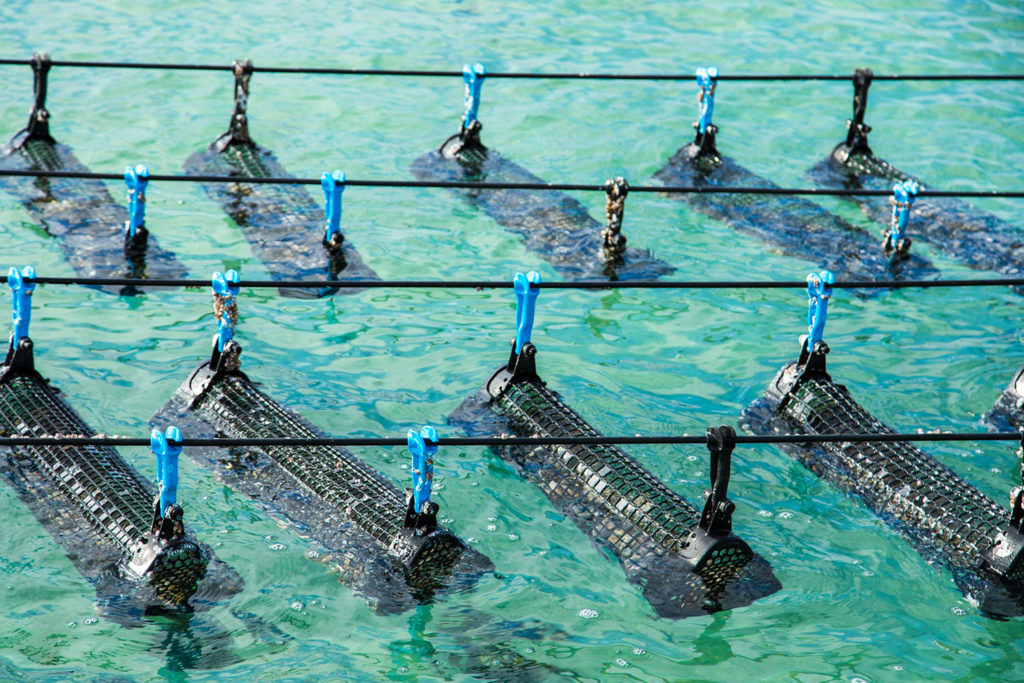
Responsibility
Advancing the ecosystem services of aquaculture
The Nature Conservancy was inactive in aquaculture until new program leader Robert Jones joined. His focus is on the positive outcomes of responsible aquaculture.


